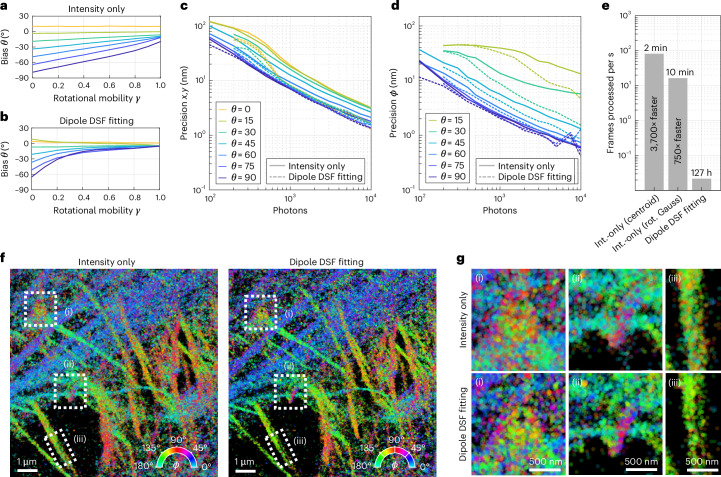Fig. 5. Improving accuracy and precision by considering the DSF shape.
a, The bias on the estimation of the out-of-plane angle θ as a function of rotational mobility γ for the intensity-only algorithm, determined using simulated images of single dipole emitters (using 1,000 photons per emitter and ten background photons per pixel). A rotational mobility parameter γ of 0 corresponds to total rotational freedom, and a value of 1 corresponds to perfect rotational immobilization. b, The same as a but for the DSF-fitting algorithm. c, Lateral localization precision as a function of the number of detected photons as determined from simulations (ten background photons per pixel, γ = 1). Separate curves are shown for molecules at different out-of-plane orientations. d, The same as c but for the precision of ϕ estimation. e, The computer processing time for the datasets from f for the intensity (int.)-only algorithm with centroid localization, the intensity-only algorithm with least-squares fitting of a rotated (rot.) asymmetric Gaussian (Gauss) and the DSF-fitting algorithm. Refer to the Methods for computer specifications. f, A POLCAM SMOLM reconstruction of a 200 × 200-pixel region from Fig. 4 with 10,000 frames, as analyzed by the intensity-only algorithm (with rotated asymmetric Gaussian fitting) and the DSF-fitting algorithm. Both reconstructions were rendered using approximately the same number of localizations (258,251 localizations for the intensity-only algorithm, 258,172 localizations for the DSF-fitting algorithm). g, Insets from the regions in f that are marked by dotted boxes. The insets display some structural differences between the reconstructions generated by the two algorithms.

